Growing Goldenrod From Seed
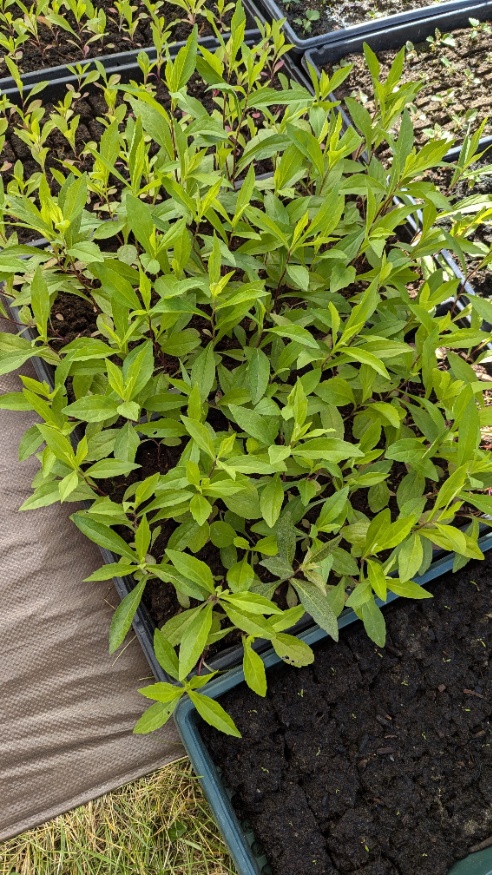
There's many reasons to grow goldenrod from seed. Beautiful clusters of golden-yellow flowers appear late summer to early fall, decorating roadsides and slopes. It's also a great pollinator plant, attracting bees, butterflies, and other pollinators to the area. As a medicinal, it's been used by Indigenous Peoples and is well known for pain relief, sore throats, allergies, skin conditions and other ailments.
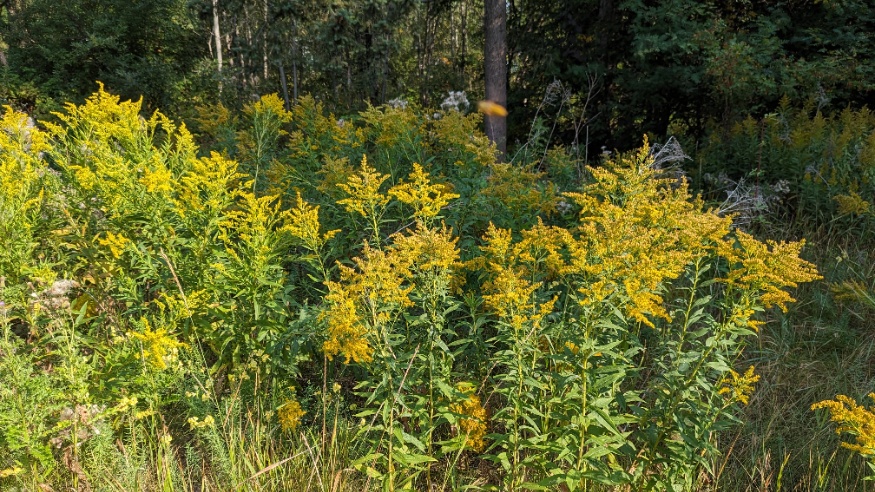
Gathering Goldenrod Seeds
It's quite easy to grow these beautiful wildflowers and if naturally nearby you can easily gather the seeds yourself. From early fall to end of season, goldenrod flowers give way to spikes of fluffy seed heads. They can actually be quite decorative in a garden or cut and put in a vase. There's thousands of them per plant, so you probably won't need visit too many to gather what you need.
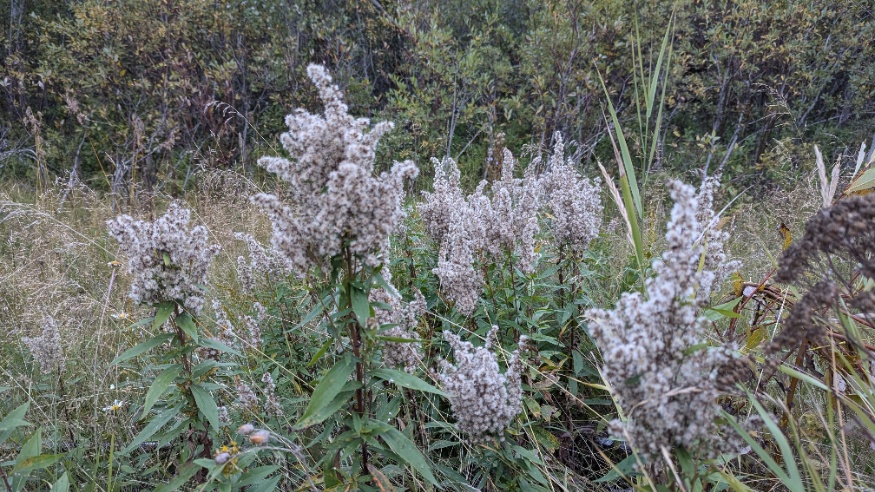
Simply remove some from the seed cluster or cut the entire head off and store it in a felt, mesh, or canvas bag. It's always good to harvest seed when they're dry if possible, but if not just make sure to dry them soon after bringing them home. Lay them out on a flat surface away from strong winds and rain. In a couple of days or when the stems are brittle is a good indicator they're dry enough.
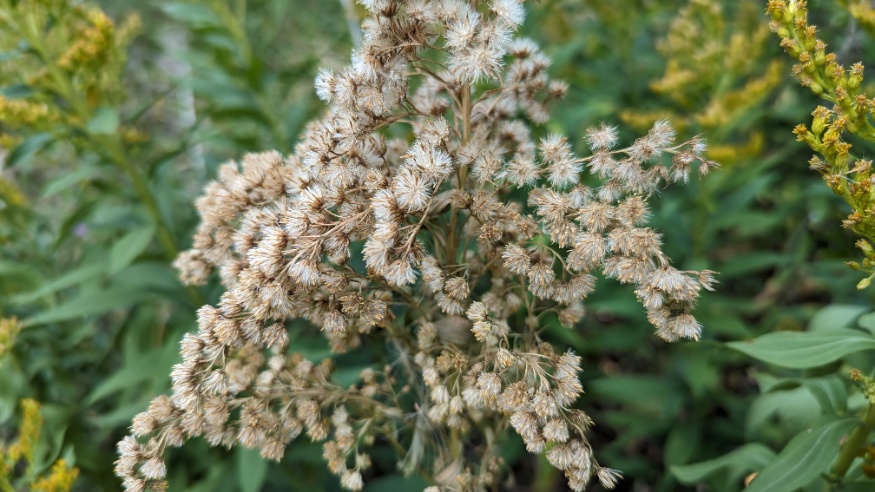
Separating The Seeds
Next you'll need to separate the seeds from the small stems that hold them in a cluster. You can simply pluck them off by hand, but if you need to do this in larger amounts then threshing will be needed. I've made a simple thresher by using a bucket, electric drill, and some chains attached to a long bolt (chains were wedged between nuts that screw onto the long bolt). I found this design watching a YouTube video, but it can be found in multiple sources online.
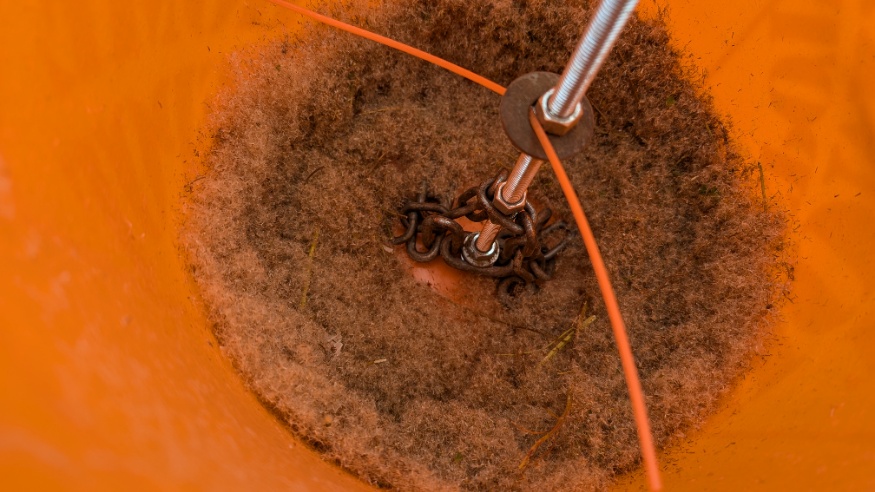
Simply place the entire head(s) in the bucket, close the lid, attach the top of the long bolt to the drill and start drilling. The chains will thrash the goldenrod, releasing fluffy seeds off the stem. At this point you can either move onto the next step, or process them a bit further (optional). Each seed has silky hairs attached to make it air born. To remove the hairs, you can crab a handful of seeds and rub them through a sieve. This will separate out the hairs, letting actual seed pass out the bottom.
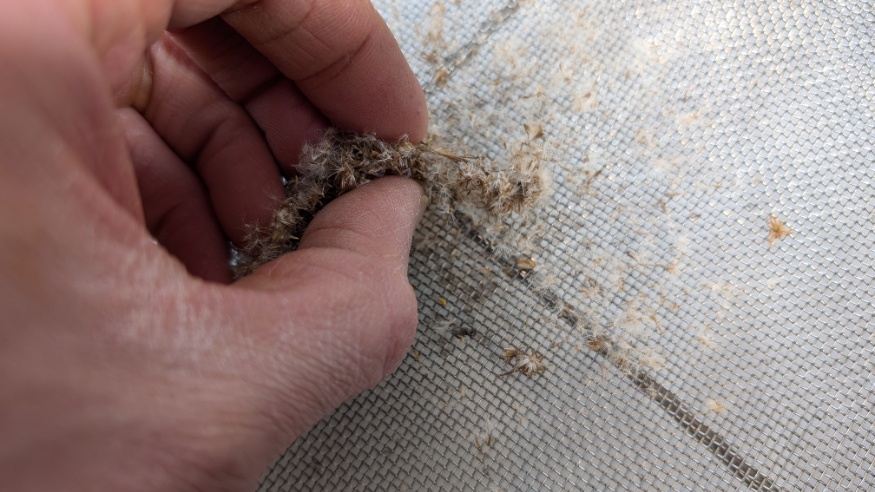
You can then winnow the mixture to further separate seeds from hairs. Do this by slowly dropping the mixture in front of a gentle fan onto a large piece of paper or smooth surface. The hairs will ideally blow further away from the fan (since they're lighter) while the finished seed will drop more directly down infront of it. You can then gather the processed seed. I find these last few steps to not be necessary unless you have reason for the fluff to be removed. It's necessary to remove them from the stem, but they'll germinate just fine if you leave them with fluff attached.
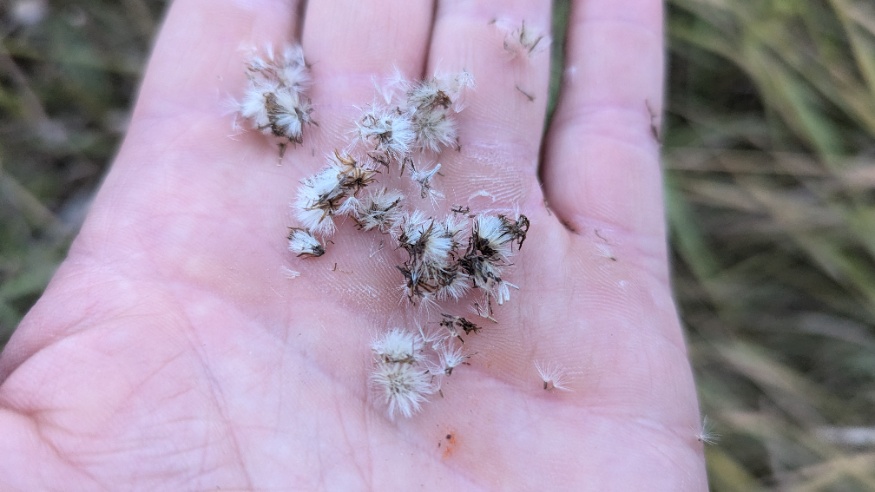
Stratifying
The seeds will need to be exposed to cold temperatures over winter to break their dormancy (stratification). this can be done by simply planting them outside in the fall and let nature do its job, or by stratifying them yourself. To do this, place the seeds in a ziplock bag with some sand, perlite, or vermiculite to keep them separated. The ratio I use is about 2 parts sand to one part seed. Add just enough water to the mixture to moisten it without making it soaking wet. Place the bag in the fridge, or ideally outside in the winter for about one to two months.
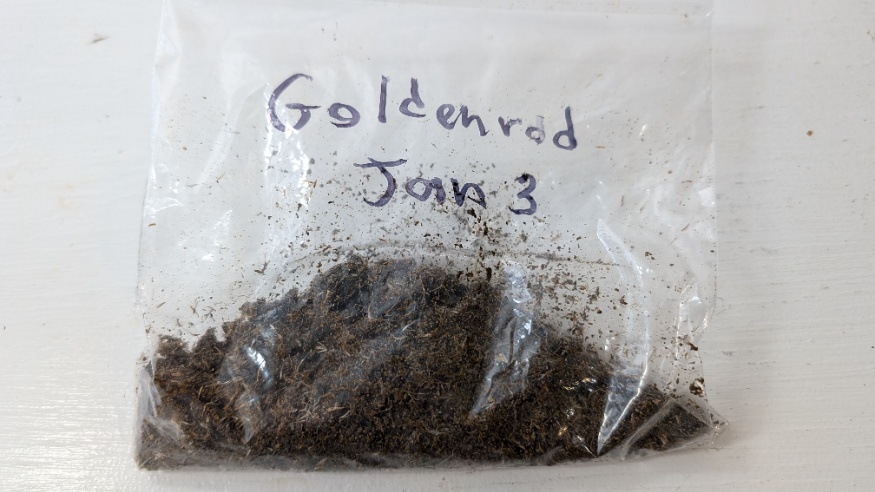
Planting
Goldenrod plants aren't very fussy about soil quality, but ideally use any soil mix with decent drainage and nothing too rich. Make sure seeds (or the stratified seed mixture) is spread out on the soil surface or just below it since they will need light to germinate. Plant them in a non shaded area, or expose your tray or pot to full sun. Once the weather warms up, seed should germinate in one to two weeks, but some can take longer as many native plants do. Keep them moist but not waterlogged until established.
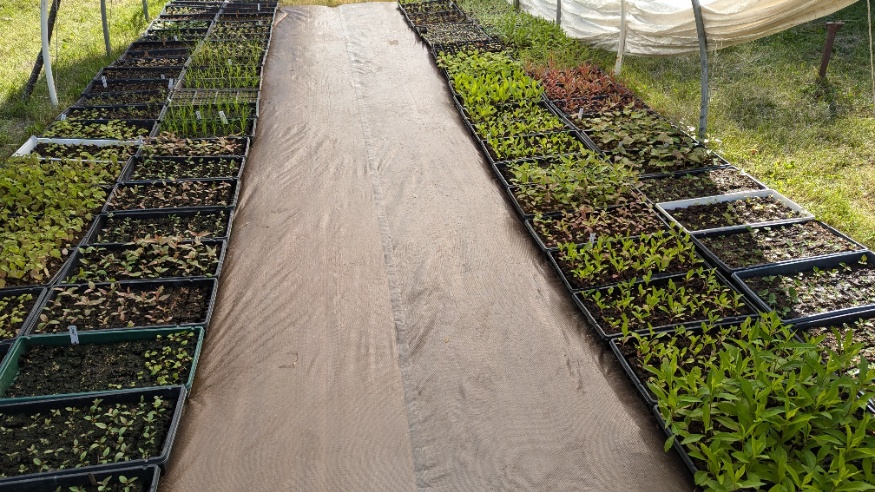
If you're growing the seedlings as transplants, you can plant them into their new location as soon as they have their first set of true leaves or seem sturdy enough to handle. Again, they will thrive in poor soil, just avoid overly rich or wet areas. An open meadow, forest edge, or sunny slope is a good place for establishing goldenrod.
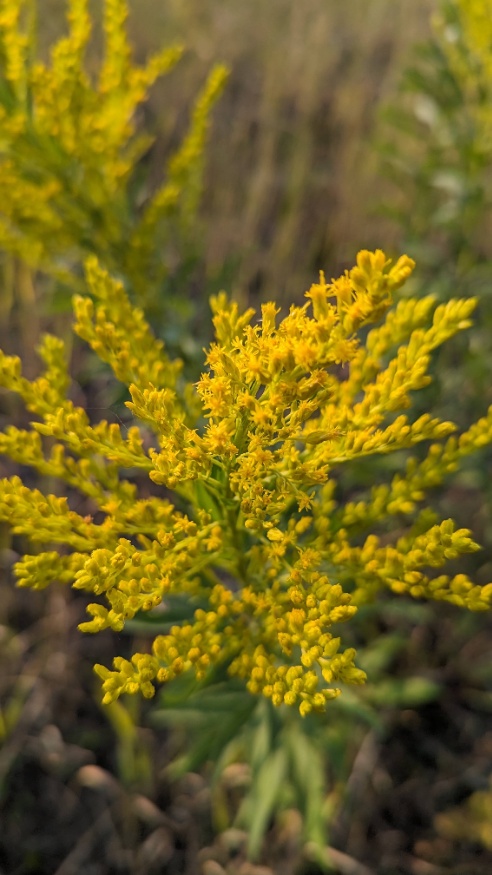
They shouldn't need much attention from this point on as they'll spread naturally from rhizomes and self seeding. Goldenrod likes to grow in disturbed soil so cutting down tall grass, digging, or raking the dirt around an existing patch should help it spread if that's what you desire. Few things are more satisfying than growing your own native plants, and goldenrod is no exception. If you're in need of western goldenrod seed, or plants, we often have them available here. Good luck on your goldenrod adventure!